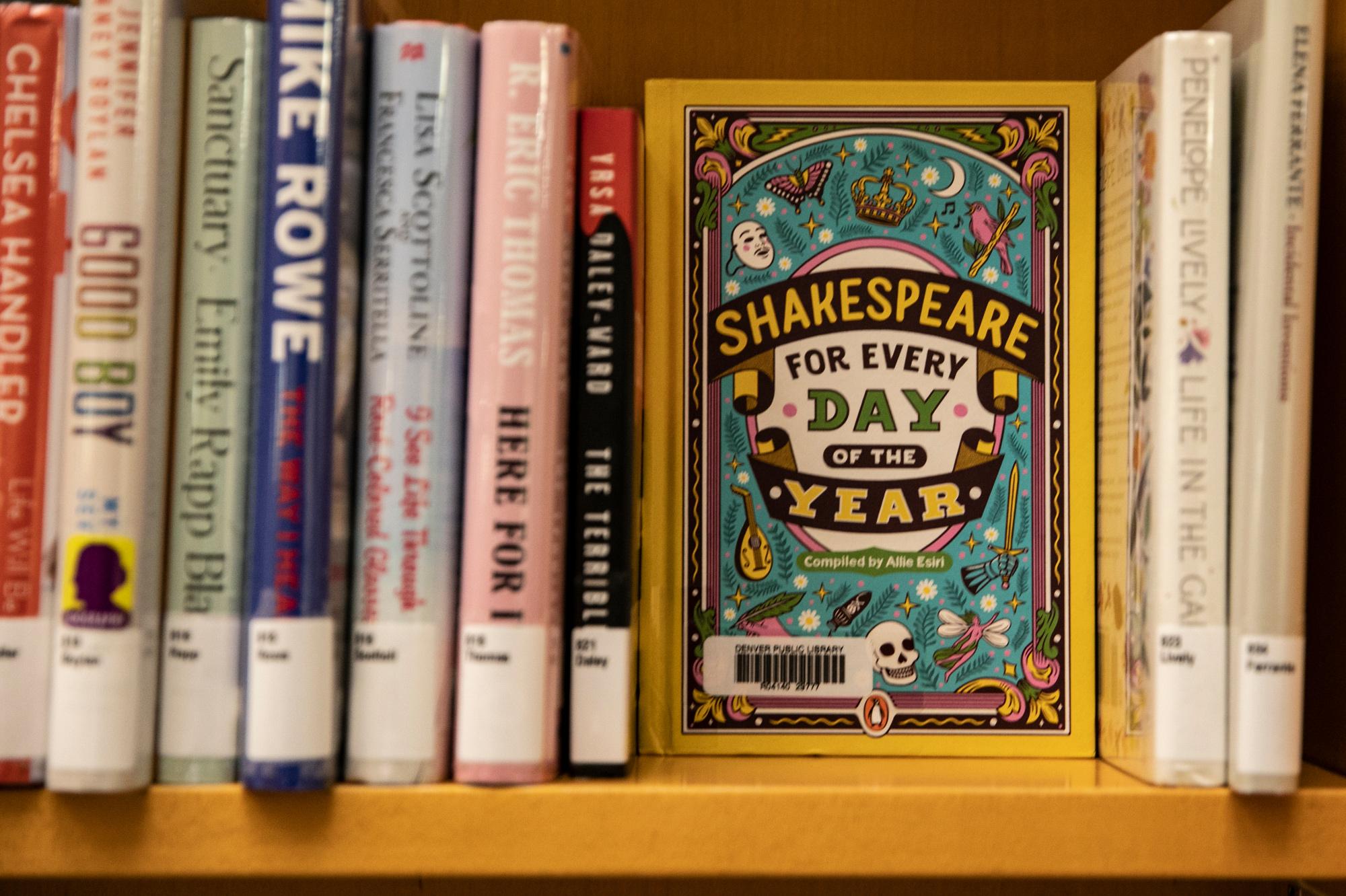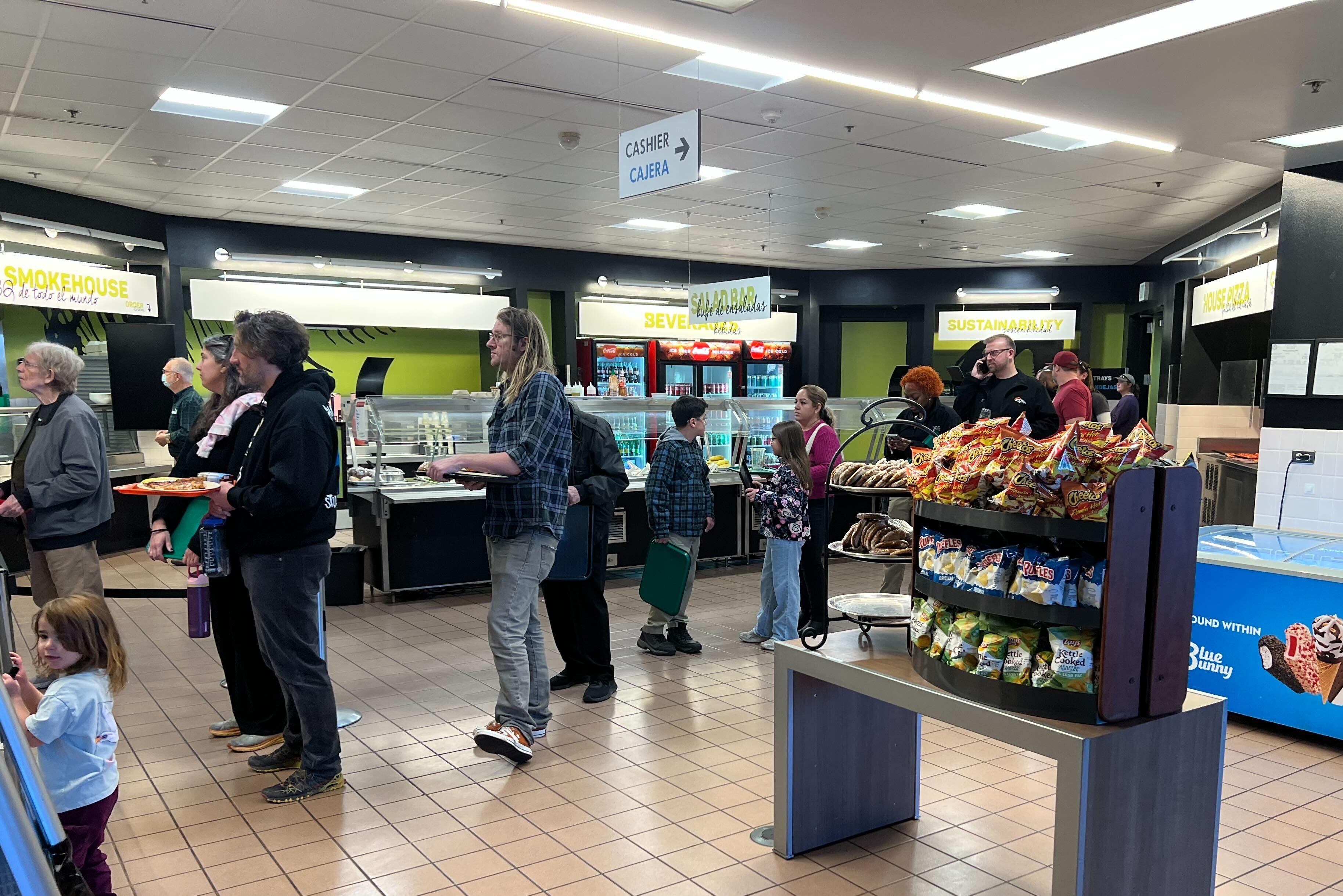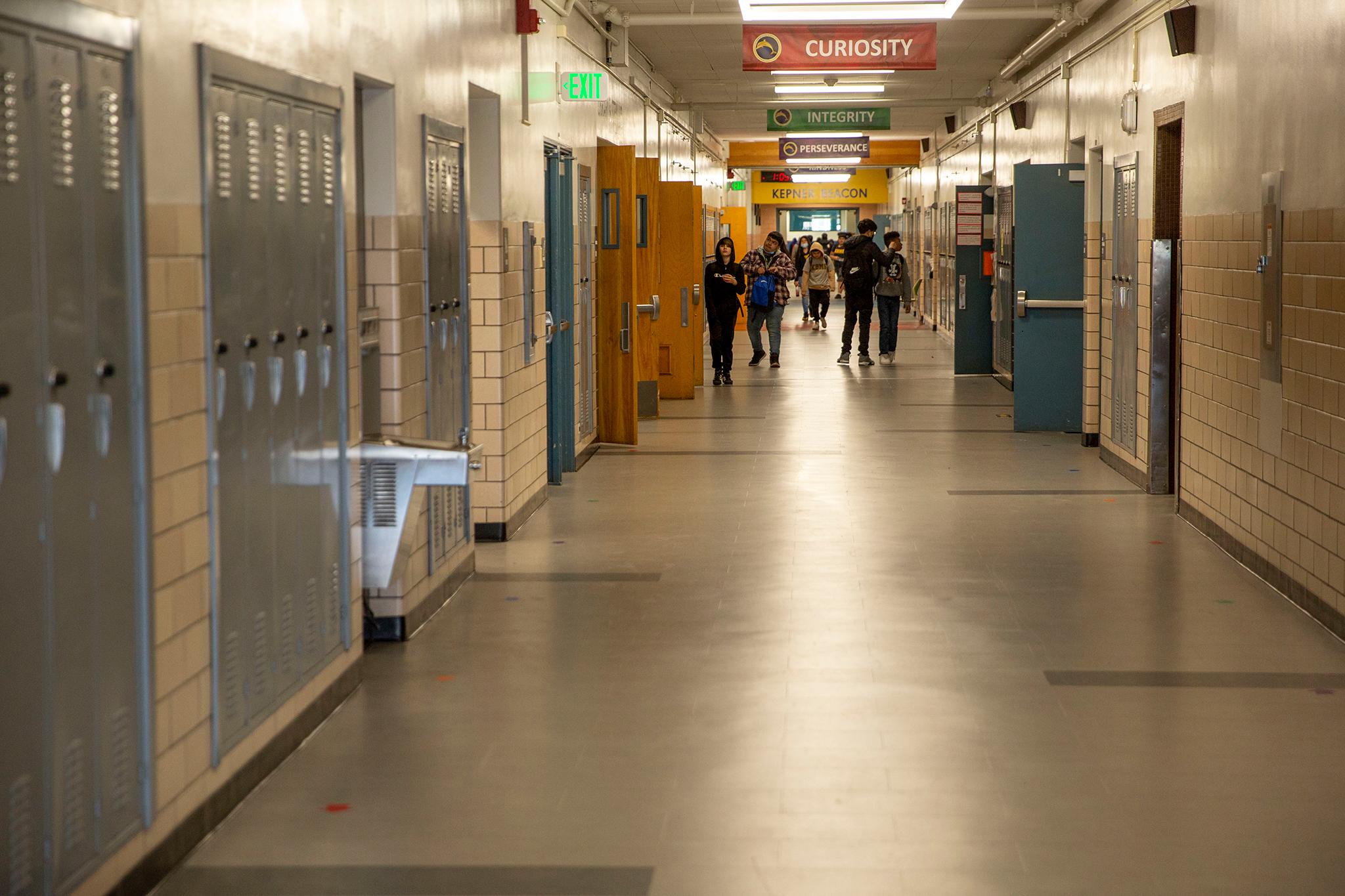Morrison Road was alive with the sounds of drums on Friday as children enrolled in Hecho en Westwood's Danza Mexika summer camp showed off what they learned last week.
They danced to the rhythm, miming planting seeds and harvesting corn. Their parents looked on with glee.
Not long ago, camp organizer Metzli Aragón told us, it would have been considered taboo to so openly invite the community to learn this ancient tradition. It was something meant to be kept secret.
But this world has opened up in recent years.
For many of Aragón's students, the camp was simply a fun week to close out summer. But it represented something much larger to her: A passing of the torch, to keep this culture alive for generations to come.
Danza has helped Aragón and many others reconnect with roots outlawed by Spanish colonizers.
Aragón grew up in Chicago. She knew about her family's roots in Mexico, but never felt connected with them.
Until, as an adult, she moved there and discovered danza for herself.
"When I first heard the drum and actually danced, it came to me so fast, like I'd done it before. I picked it up really, really fast and fell in love," she said. "When finding that, it was a spiritual awakening and ancestral awakening. It was a finding of myself, my identity."
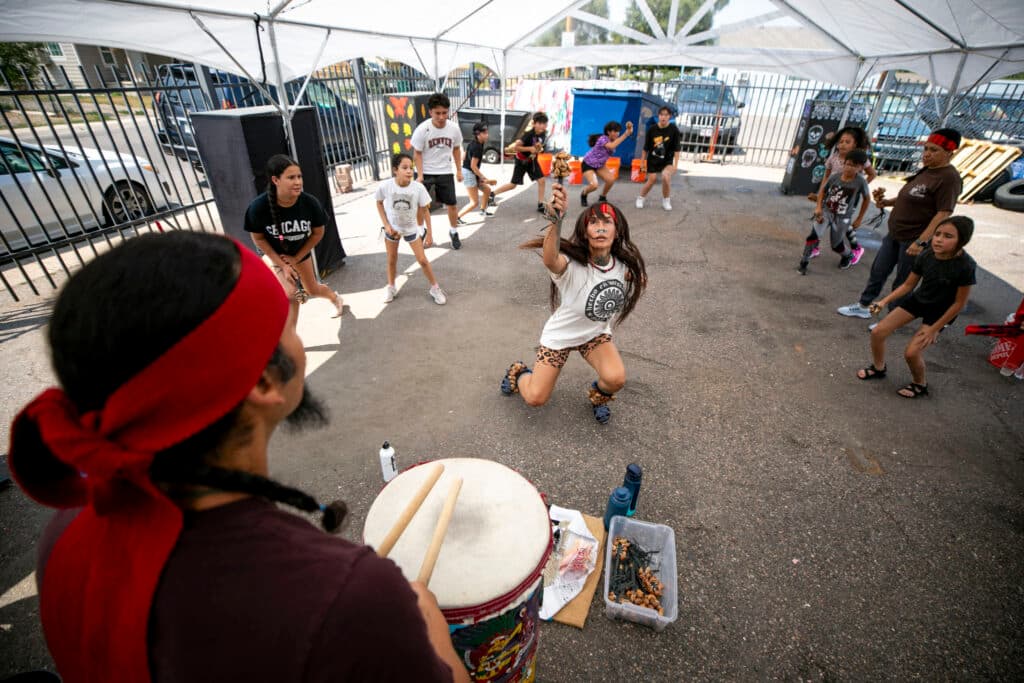
That was the experience she hoped to bestow on the kids enrolled in camp. But doing so meant departing from how things were done for hundreds of years.
The Spanish outlawed traditional dance during their conquest of Central America in the 1500s, driving this act of cultural expression into the shadows. Cuauhtemoc, the last leader of México-Tenochtitlan, issued a mandate to his people as he surrendered to the colonizers:
"We shall lock ourselves in our houses until the New Sun (Age) shines upon us. There in our houses, fathers and mothers must teach their children, that they may teach their children’s children," he proclaimed. "One day we shall rise reunited."
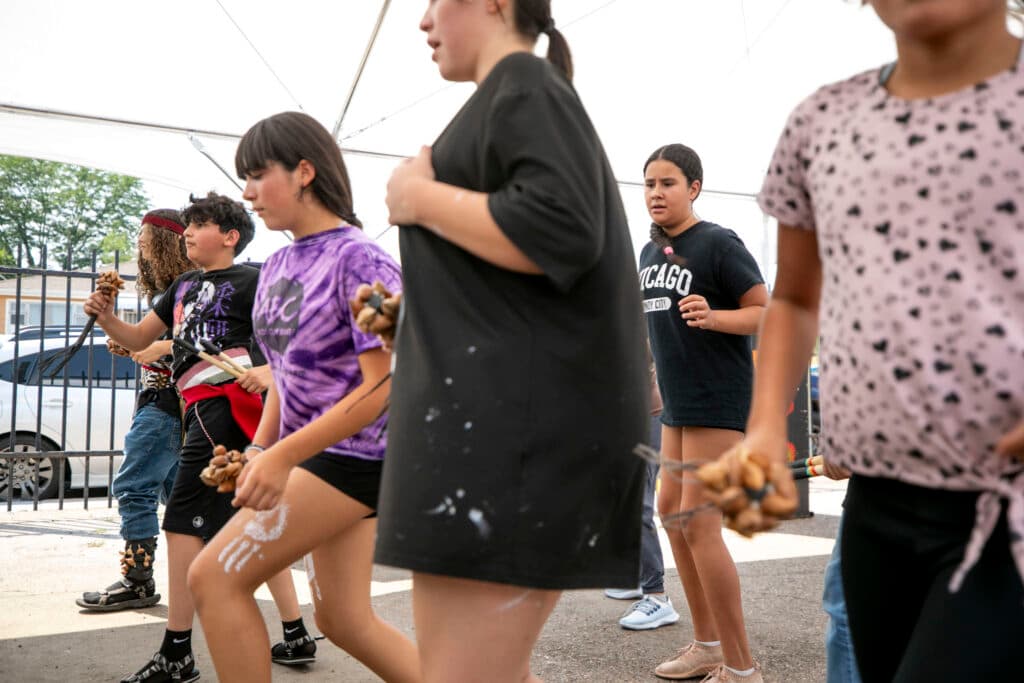
His people would keep their traditions alive in secret.
For generations, only those invited could learn the dance and the drum, even into the 20th century, as the Chicano movement brought danza to the U.S.
Opening danza to all
But that protection became impractical in the modern era, morphing into an exclusion no longer served the people, Aragón said.
"It's been kind of gate-kept, in a sense. And I understand it was to preserve the traditions, but there is a collective of us that believe it's our mission and our purpose to share this with the youth," she told us. "We know it's healing for us and it's healing for the community."
Aragón said the summer camp, and the classes she teaches year-round, are part of a wider movement to make this knowledge more accessible.
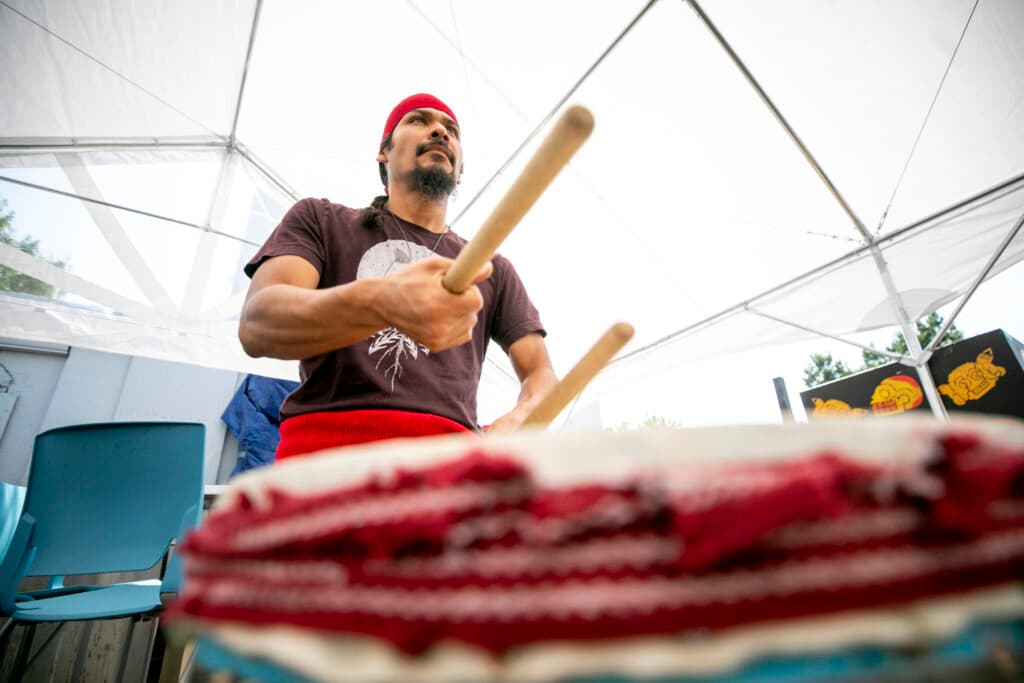
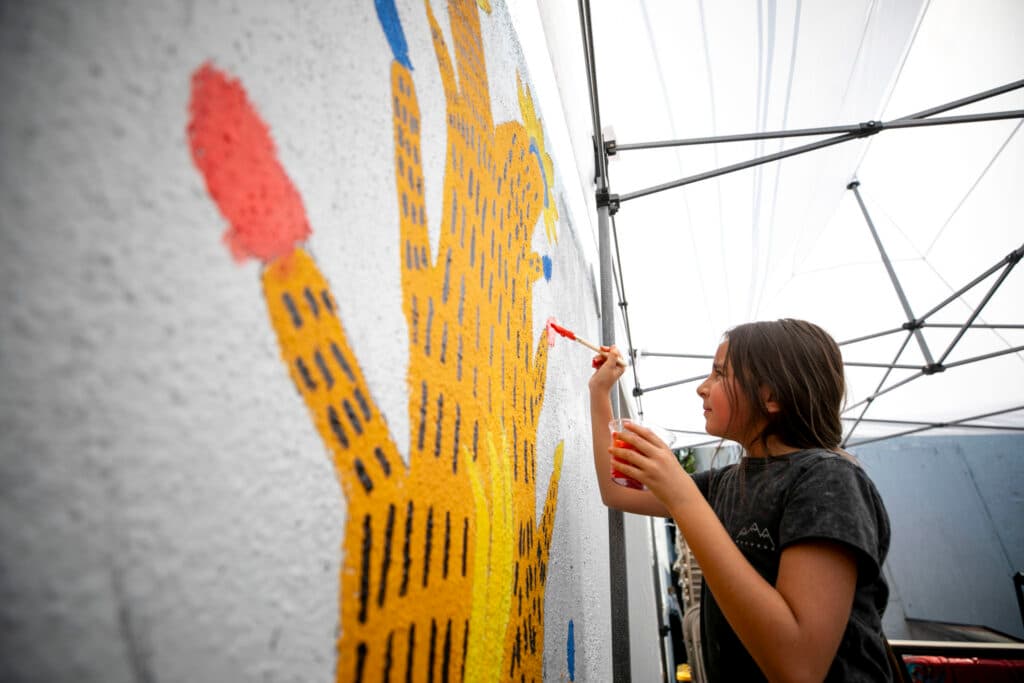
"Within the last 20 years, it's been a movement, and everyone is reclaiming their indigeneity," she said. "That movement has really brought Danza Mexika to a whole different light, where people want to learn it."
That reclamation was something on the mind of 11-year-old Milan last week.
"What it's about to me is this oral tradition, this history that's passed on from our ancestors that was really important to them. It was their whole life. They sacrificed their lives for it. They spent their whole lives practicing," he told us. "I feel like it's a really big responsibility."
The Danza camp is also meant to help the Westside community resist modern erasure.
The dance programs are offered by Hecho en Westwood, a collective of Westside residents and organizations bent on creating community along Morrison Road.
The organization began as RISE Westwood Collective, an effort spearheaded by Cultura Chocolate owner Damaris Ronkanen to support local businesses during the COVID-19 pandemic.
"That kind of evolved into us creating community events," she said. "A big part of the mission with that is cultural preservation."
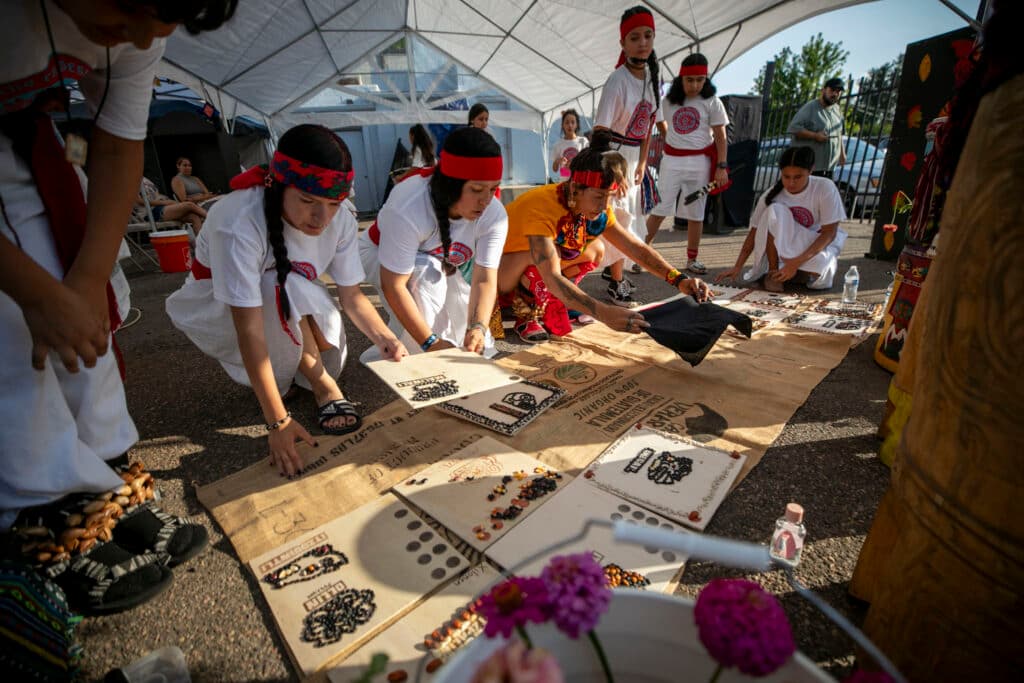
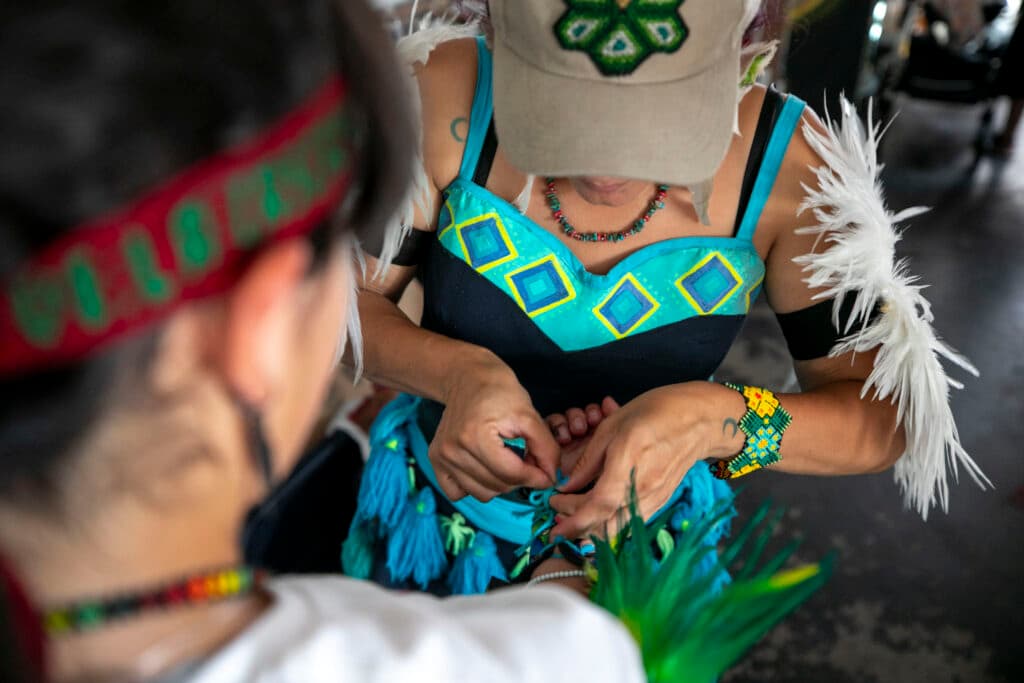
Today, Hecho is behind events like Westwood's Festival de Mole and Saigon Azteca Night Market (which returns to Morrison Road this weekend).
Dance programs fit right in with these bigger events, Ronkanen said.
Yes, part of Hecho's mission is to direct paying customers to local business owners, but it's also about creating a strong cultural fabric in Westwood. That, she told us, could help this community remain resilient as economic pressures mount in the neighborhood.
"We definitely know that displacement is a huge issue in this community. Obviously, housing is just insane right now. People have already been priced out, and just a lot of changes are happening," she said. "There's a common belief between all of the organizations here that we need to control that change, and I think everyone's doing that in their own way. For us I think we have, through the events that we created and through our programming, really helped create this sense of pride in this community."
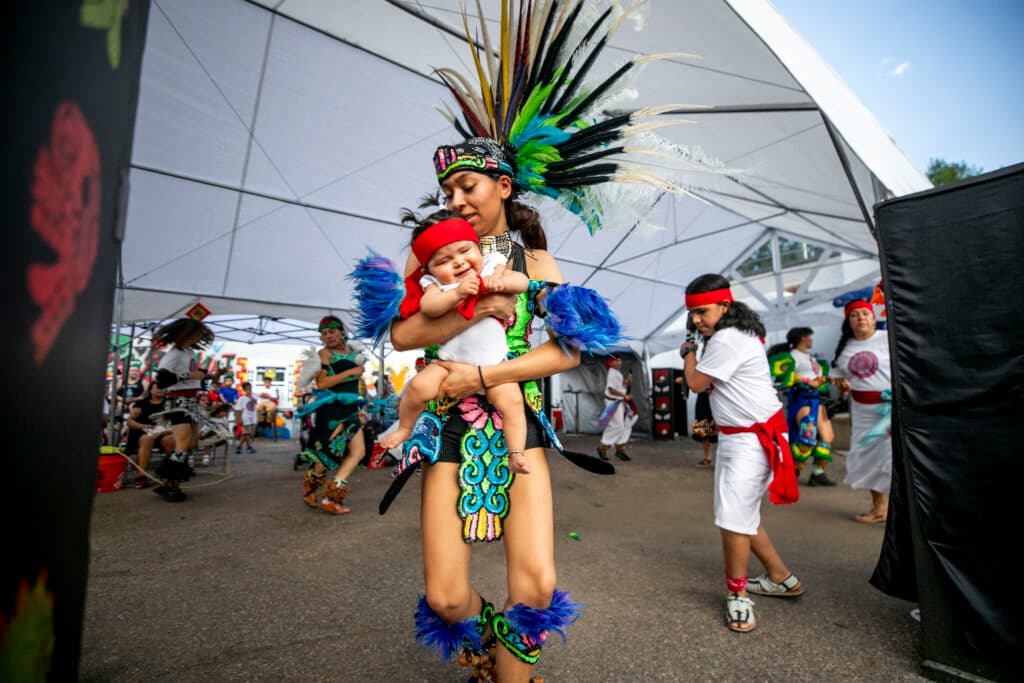
Hecho en Westwood can't control policy or housing costs, but they can help create a social bedrock, she said.
"People want to be in this neighborhood. People want to stay here and be involved. And I think that will hopefully help in some way, the displacement that is actually happening," she said.
'(They) built a space for us'
That idea hit home with Jessica Trevizo, who came to Hecho's space on Friday to watch her nephew dance with Aragón.
"It is getting a little scary. Gentrification is real. It is getting more expensive to stay in this community. So [Ronkanen] built a space for us," she said. "It's a safe spot for all of us."
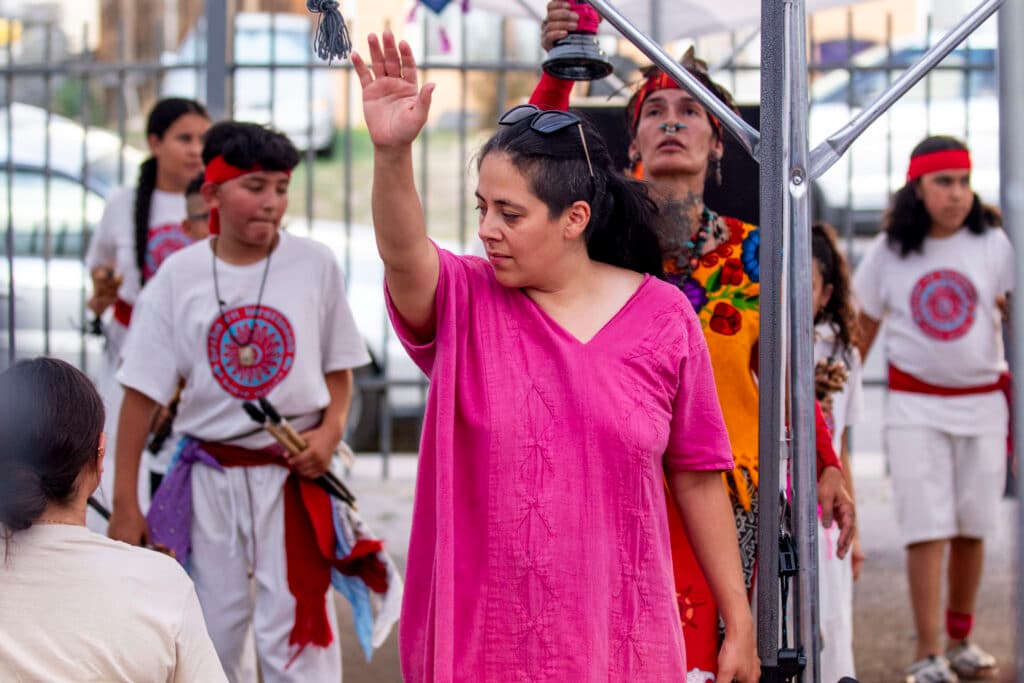
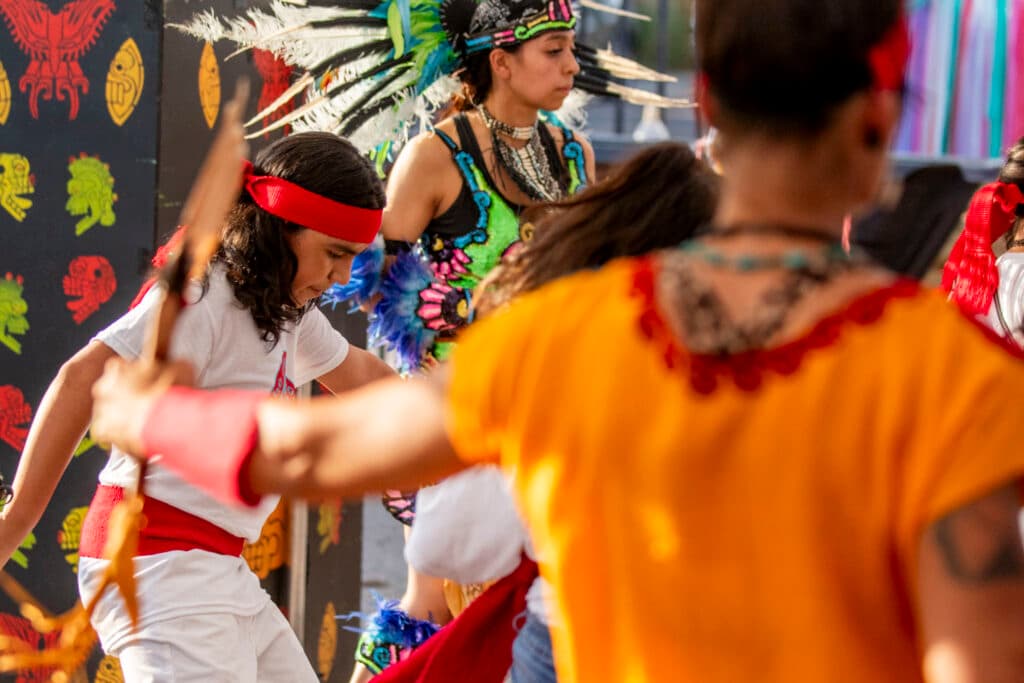
The cultural education meant a lot to her, too. Like Aragón, Trevizo said she grew up without much sense of her Indigenous identity. To see her kid nephew dancing amid the drums and incense, she said, also brought her closer to that history.
"That's part of our background that we don't practice, we’re not aware of. So we're kind of relearning everything," she told us. "We’re finding our way back."
Correction: This story has been updated to reflect that Hecho en Westwood was originally called the RISE Westwood Collective, not simply RISE Westwood.










